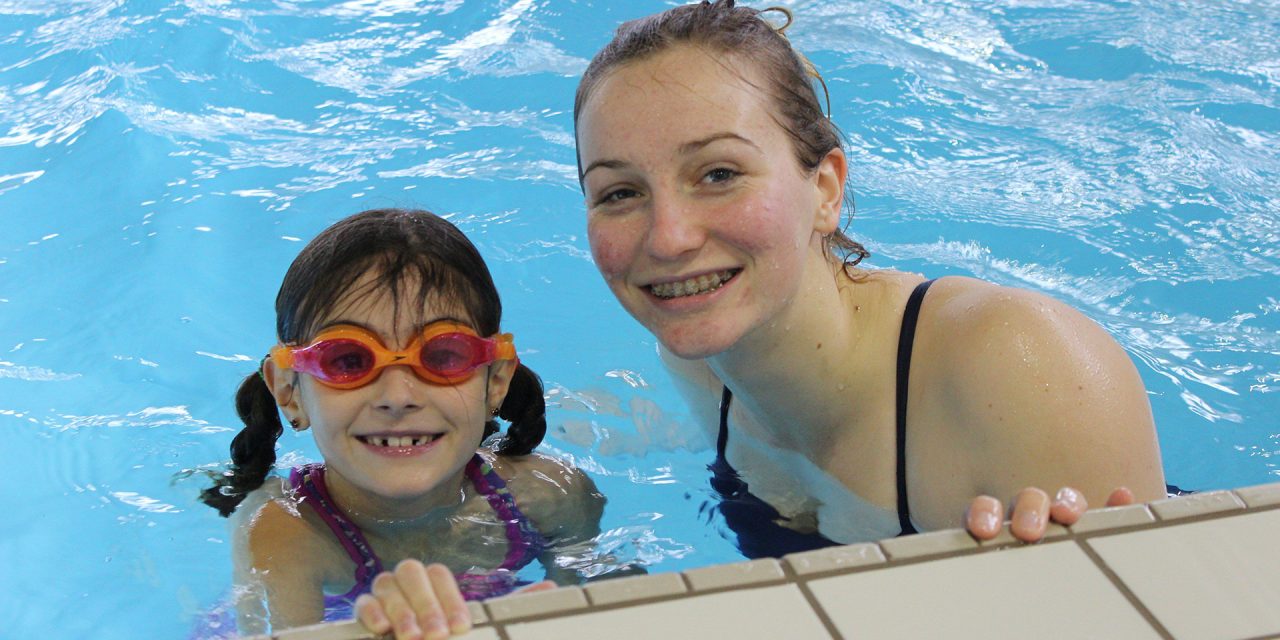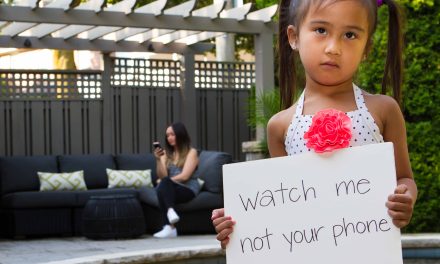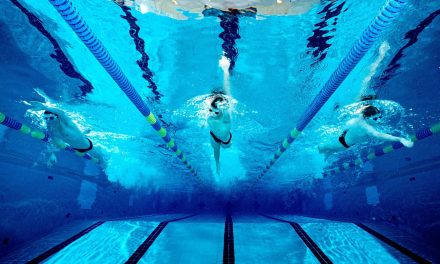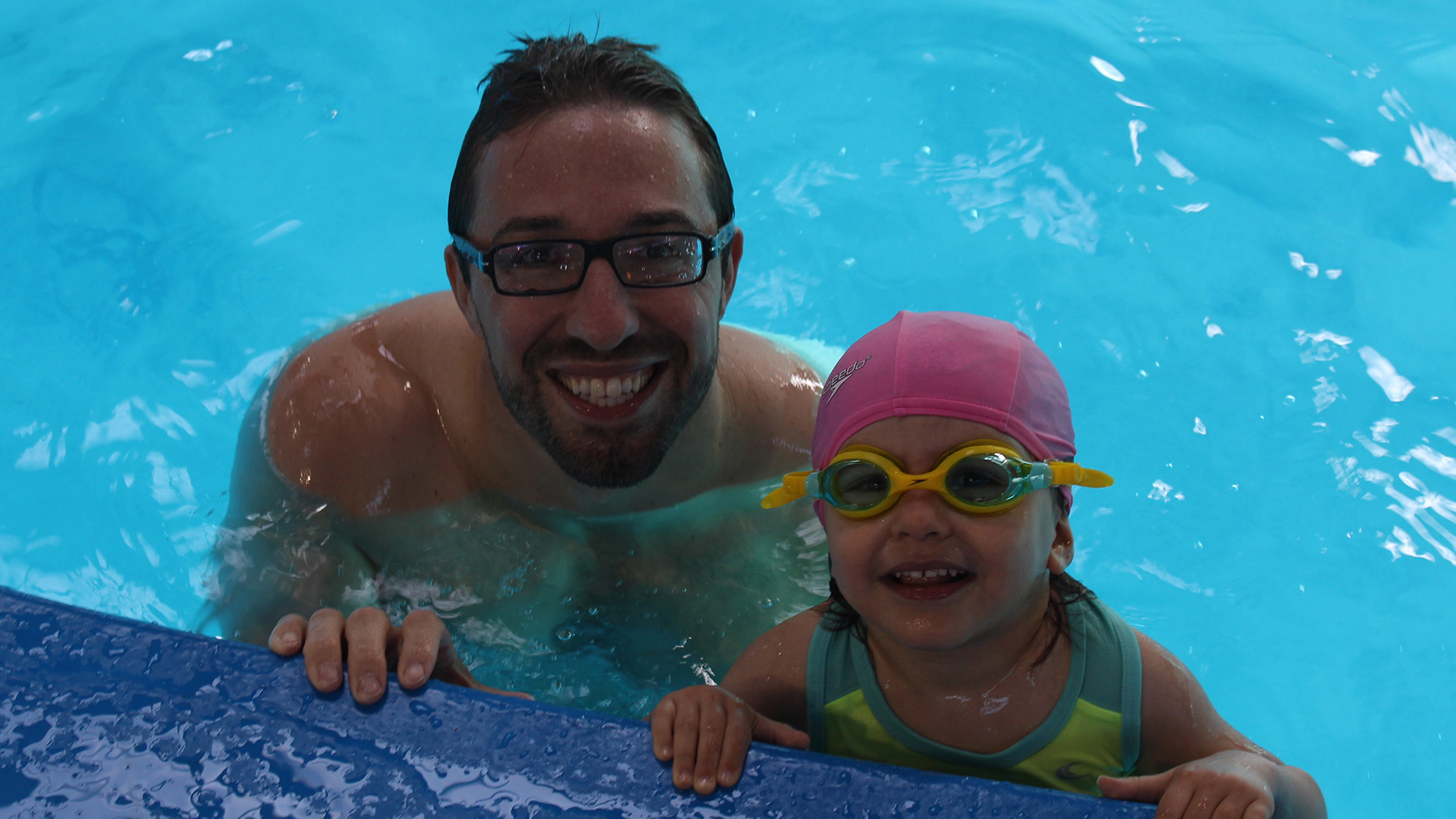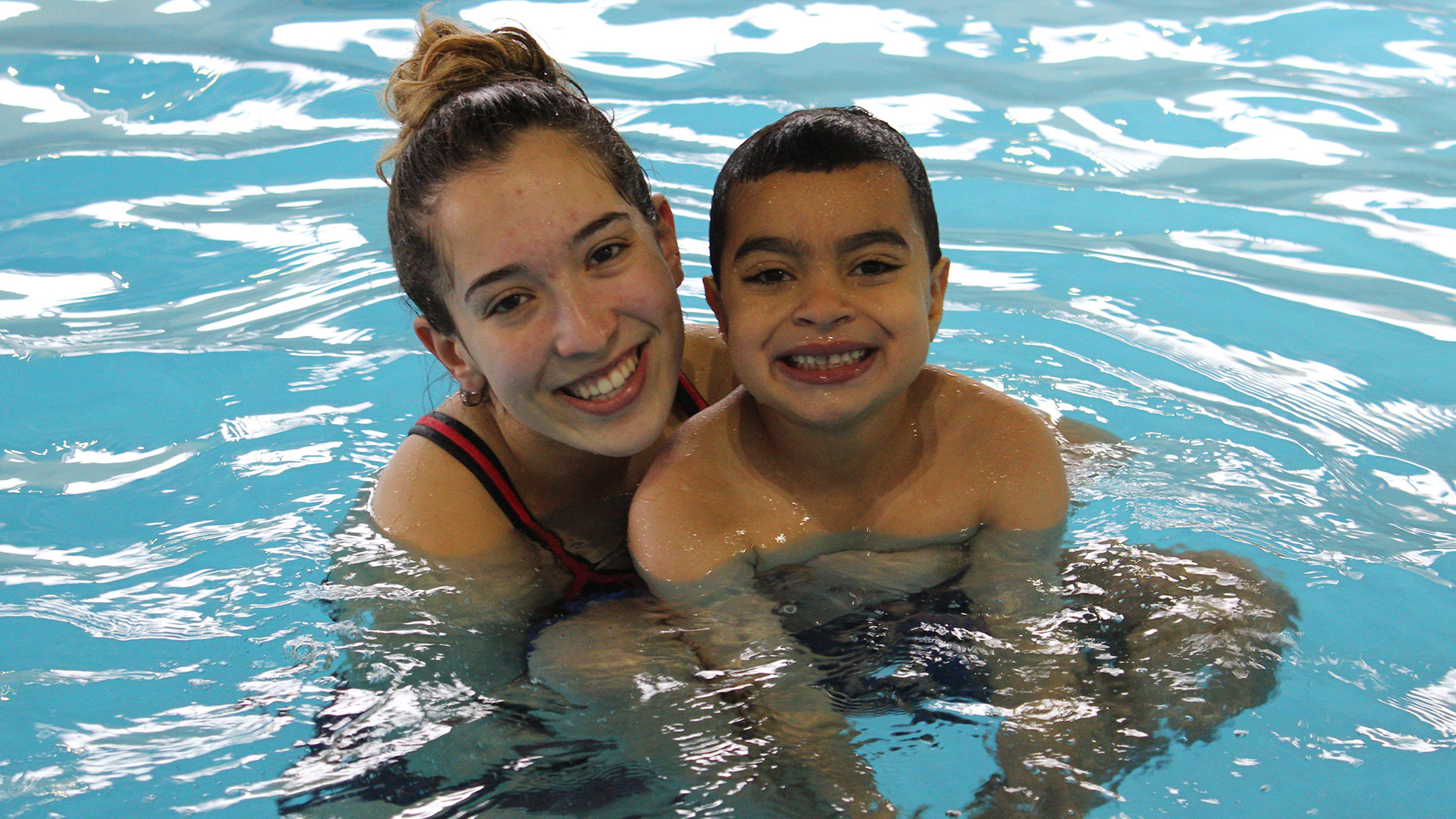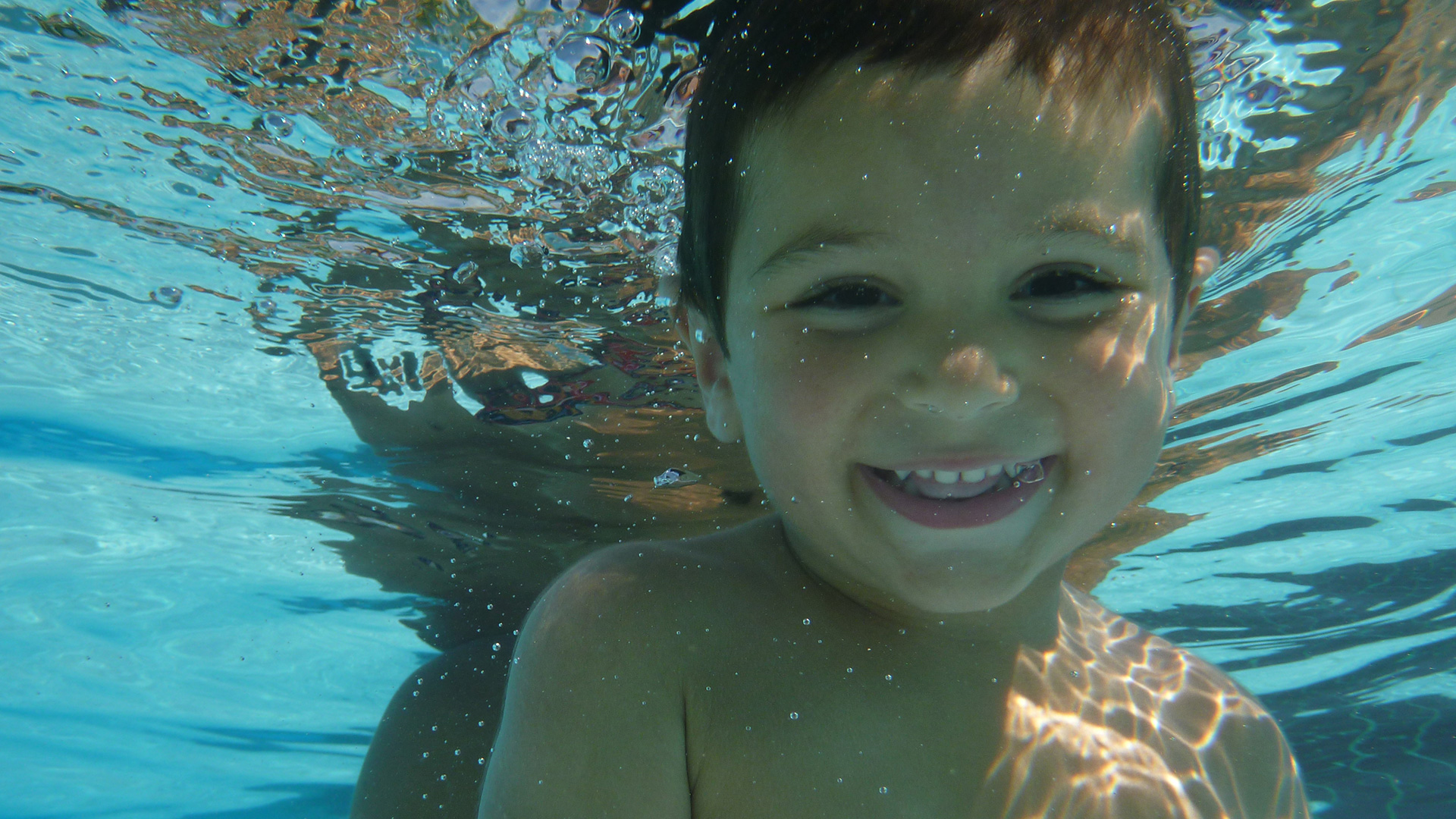LETS TALK POOL SAFETY
Protect your family permanently
As Canadians, we look forward to summer all winter long! Summer is everyone’s favorite time of year and there is no better place to be in the summer than by the beach, the lake, the pool, or the water slides. With good weather comes tons of excitement and we want everyone to be able to enjoy themselves, stress free, knowing they took all the necessary precautions to make sure their family is safe this season.
Canada Swim School would like to remind all families to use extreme caution when nearing any and all bodies of water. Drowning is the 3rd leading cause for unintentional deaths worldwide. There are roughly over 400 drowning related deaths every year in Canada alone.
There is a lot of literature on how to prevent drownings and it is an issue that deserves particular attention in the summer time.
Below is what we believe are the most important steps you can take to permanently ensure your families safety with regards to swimming.
LEARN TO SWIM
The best way to avoid unnecessary drownings is to learn to swim.
This goes for parents and children. Swimming is not just a sport, it’s a life skill that everyone should know. 75% of earth’s surface is covered in water so, sooner or later, you will need to swim. Even if you don’t intend to swim like Michael Phelps, everyone in your household should at least have the skills to navigate a body of water with confidence. If you are a parent and you cannot swim, you need lessons too.
Adults: If you are an adult and you are a non-swimmer, you probably have an anxiety or fear about being near any body of water. If that’s a feeling you can relate to, you need to sign up for swimming lessons. It’s not too late to learn. It’s also an anxiety you don’t want to pass on to your children. Get them enrolled immediately.
Kids NEED to know how to swim: People always ask me; “how soon can my child start swimming lessons?” The answer is, immediately. The quicker we get babies and infants in the pool, the sooner they will go from non-swimmer to swimmer. All babies, infants, kids and even teenagers should be enrolled in swimming lessons until they can, “Survive” in the water.
Swimming is the only sport you can start before you can even crawl so there is no excuse for not making sure your kids can swim on their own. No matter the swimming program and no matter the cost, it’s your kids’ life we’re talking about.
LEARN TO SURVIVE
Going from non-swimmer to swimmer
Get in. Get across. Get out.
For the young and the old, the criteria for being able to survive in the water is the same.
Get in: Everyone in the house needs to know how to enter the water safely without assistance. Test if the members of your family can enter the pool in various ways (stairs, ladder, slipping in, jumping in). Even babies can complete most of these entries independently before they can even walk. Getting in safely will save lives.
Get across: Test if the members of your family can get across the entire pool, in an way they want, without assistance and without walking on the bottom of the pool. If your kids cannot swim, teach them to crawl along the side of the pool wall using their hands. Giving non-swimmers skills to get across the pool can save lives.
Get out: Believe it or not, babies who don’t even crawl yet can also complete this skill without assistance. Test if the members of your family can exit the pool, without assistance, using the stairs, ladder or by climbing out from the side of the wall.
If you can get in, get across and get out, without assistance, you are considered a “swimmer” and can survive in the pool without the use of a flotation device. All kids, should be able to complete these skills between the ages of 2 and 5 years old.
STAY CLOSE
When in or around a body of water, if you are out of arms reach of your child, you have gone too far. Even if your child can swim, parents need to be watching their child at all times.
Don’t go get something in the kitchen, don’ go turn on the sprinkler and don’t go get your phone. Sit there and watch closely. Nothing is more important than your child’s safety in the pool
KNOW THE DROWNING SIGNS
Don’t expect any loud noises. There are no warning cries when someone is drowning. If you are not watching, you will probably not notice anything is wrong until it’s too late.
What you will see is a lot of splashing and a panicked look in the victims’ eyes. A drowning victim may be perceived as someone playing and splashing in the pool, if seen from a distance. But in fact, they are struggling to come to the surface.
The clearest sign will be the fear in the victims’ eyes coupled with rapid, jerking body movements. When you are supervising your children swimming, you should be watching their faces.
GET CERTIFIED IN CPR
This is the most important point.
The best thing you could possibly do to protect your family is to get certified in CPR. Knowing how to perform CPR on infants, babies and adults is the most important lifesaving skill you could know. In the case of drowning, as well as many other situations, by the time the ambulance arrives at the scene, it will likely be too late. The best chance you have of saving the life of a drowning victim is in the first 4 minutes. There are courses offered in every municipality in Canada and it only takes one afternoon. Once you are certified in CPR you will have all the skills you need to respond quickly, should someone’s life be in danger.
BEWARE OF SWIMMING AIDS
Flotation devices do not save lives
There is no flotation device on earth that is 100% effective in preventing drowning. Yes, even life jackets. Do not rely on these devices to save your child’s life. Anyone who requires a flotation device, should be considered a non-swimmer and must have someone with them at all times when they are in the pool.
If you think a flotation device will save your child’s life, trust me, it won’t. In fact, it could make things worse. While flotation devices are great for increasing independence and confidence in the pool, it may give the swimmer the false sense of safety and allow them to take more liberties. Floatation devices can also sometimes place the swimmer in a position that they are not capable of getting out of and may have the potential to cause drowning by placing babies and young children in a face down position in the water.
We wish all Canadian families a safe summer swimming season and hope that you take these lifelong, lifesaving tips seriously to protect those most precious to you.
See you by the pool!
Marc Donatelli
Vice President
Canada Swim School


